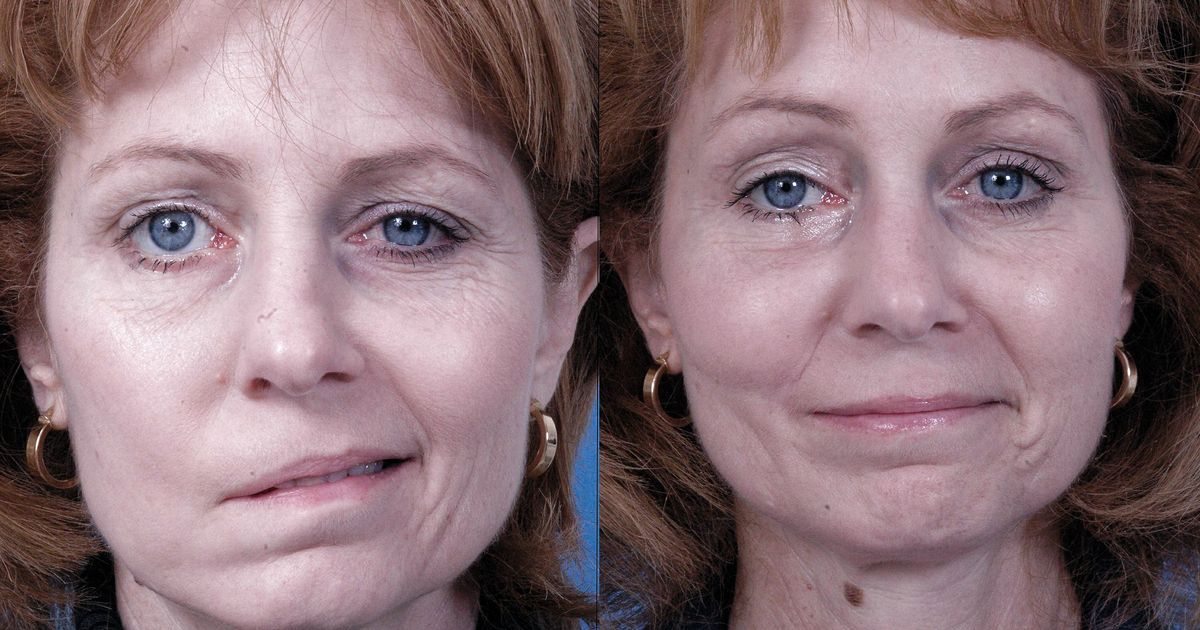Overview Of A Stroke
Symptoms

The best way to limit the damage done to the brain is to know the symptoms of a stroke and act quickly. With this in mind, some of the symptoms to watch for include difficulties speaking (slurred speech) and understanding speech; sudden dizziness and loss of balance or coordination; difficulties in vision in one or both eyes, including blurred, blackened, or double vision; and a sudden, severe headache, often accompanied by vomiting or dizziness.
One of the classic symptoms of a stroke is sudden numbness or paralysis in the face, arms, or legs. The paralysis and numbness associated with a stroke are markedly different than the occasional ‘pins and needles’ feeling many individuals experience in their arms and legs. In a stroke, the numbness, paralysis, or weakness will occur on one side of the body. Patients can test this by attempting to raise both arms or legs simultaneously. If one arm or leg suddenly drops, but the other doesn’t, it may be an indicator or a stroke. Facial paralysis when associated with a cialis canada online stroke often means one side of an individual’s mouth will droop when they attempt to smile.
